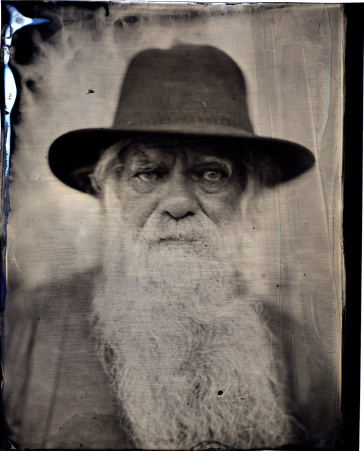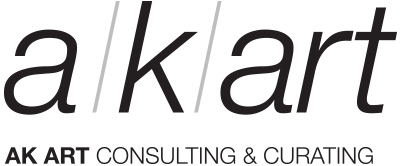Studio Visit with James Weber
March 31st, 2015
During my recent trip to Armory Arts Week in NYC, I had the pleasure of visiting the studio of noted fashion and fine art photographer, James Weber. The main purpose of my visit was to learn the process of his fine art photography, and what an experience it was! Working with 100+ year old cameras and lenses, James manually develops the film in a darkroom – a process called wet plate collodion. Established in the 1850’s, it requires “pouring a solution collodion onto a plate of thin iron or glass, then placing the plate into a camera and exposing it to the light and, at the end, developing that plate while it is still wet” (Blur Magazine). In the age of smartphones and digital cameras, where a photograph is created instantaneously, this process has become a lost art. I even muse if future generations will know what a darkroom is? Thankfully, there are a handful of contemporary photographers, such as James Weber, carrying on the tradition and artistry of manually developing photographs.
This visit offered delightful insight into the work of James Weber (with the help of his lovely assistant, Rico) and wet plate photography. But, I also had the honor of being the subject of James’s photos. It is not often I face the other side of the camera – in this case a 4″ x 5″ Horeseman View Camera.
Two bright lights were turned on (almost blindingly), there was a POP, a hot flash of a bulb, and then I had to sit very still for about 5 to 10 seconds. We then headed over to the darkroom to watch with anticipation as the image developed in the concoction of chemicals needed to facilitate the process. The first photo we took actually didn’t end up developing; it required mixing a fresh batch of developer (recipe below…you might not guess some of the ingredients). Once that was solved, we spent the next couple of hours knocking out four more images – tweaking little things each time and learning from the previous image developed. The process of capturing and developing each photo is lengthy, and one must pay attention to all the details, but the result is a beautiful, antique-looking, completely unique image on a metal plate transporting both sitter and viewer to a different, nostalgic time.
-Katy
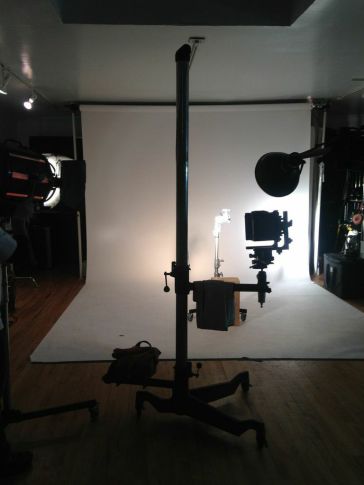
The setup.
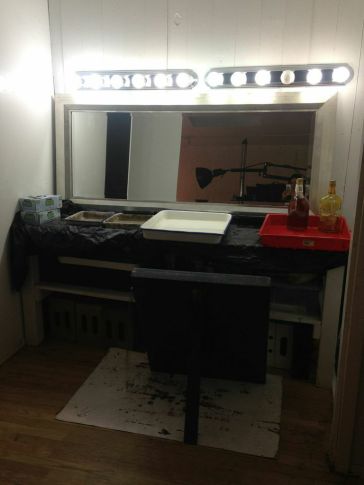
The darkroom ready to go.
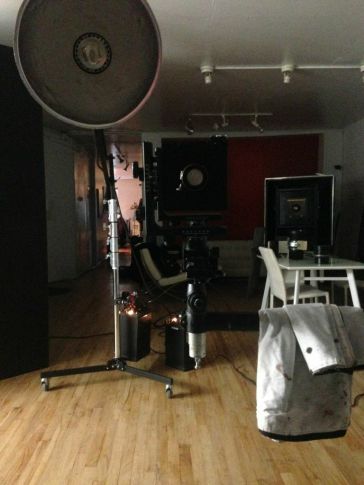
My view (sans the bright lights).
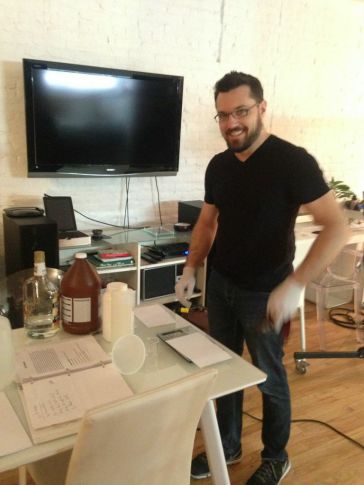
James, the photographer/chemist, mixing new developer.

Looks like we are up to no good…
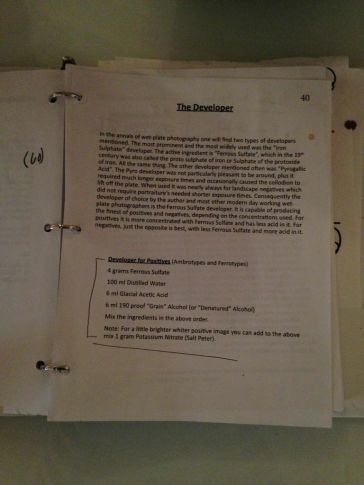
The ingredients – ferrous sulfate, distilled water, glacial acetic acid, and Everclear.
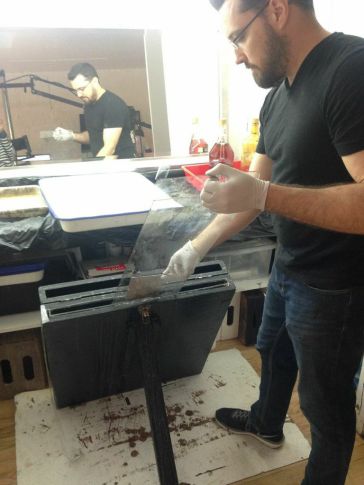
Prepping the plate part 2.
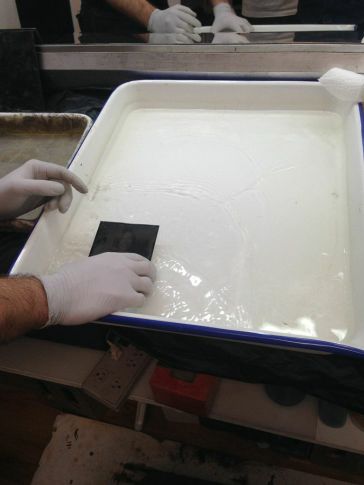
Developing the image.
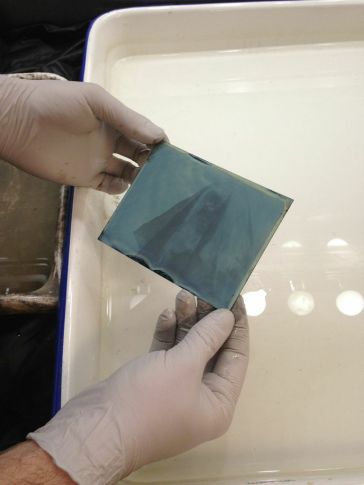
Developing the image.
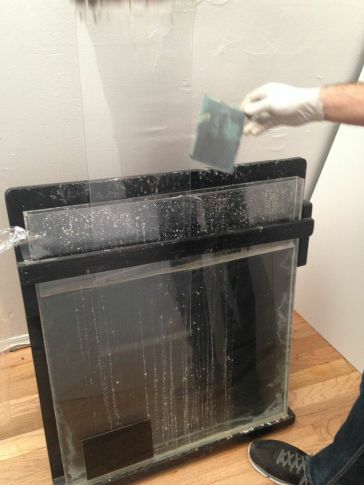
Developing the image.
Click here to watch video footage of this step!

Developing the image.
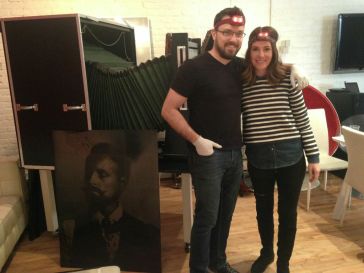
With the artist donning our darkroom red lights.
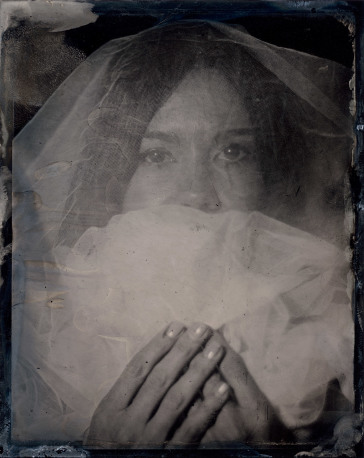
One of my final images!
Please visit James’ website to see his whole body of work or to find out more about the artist.
